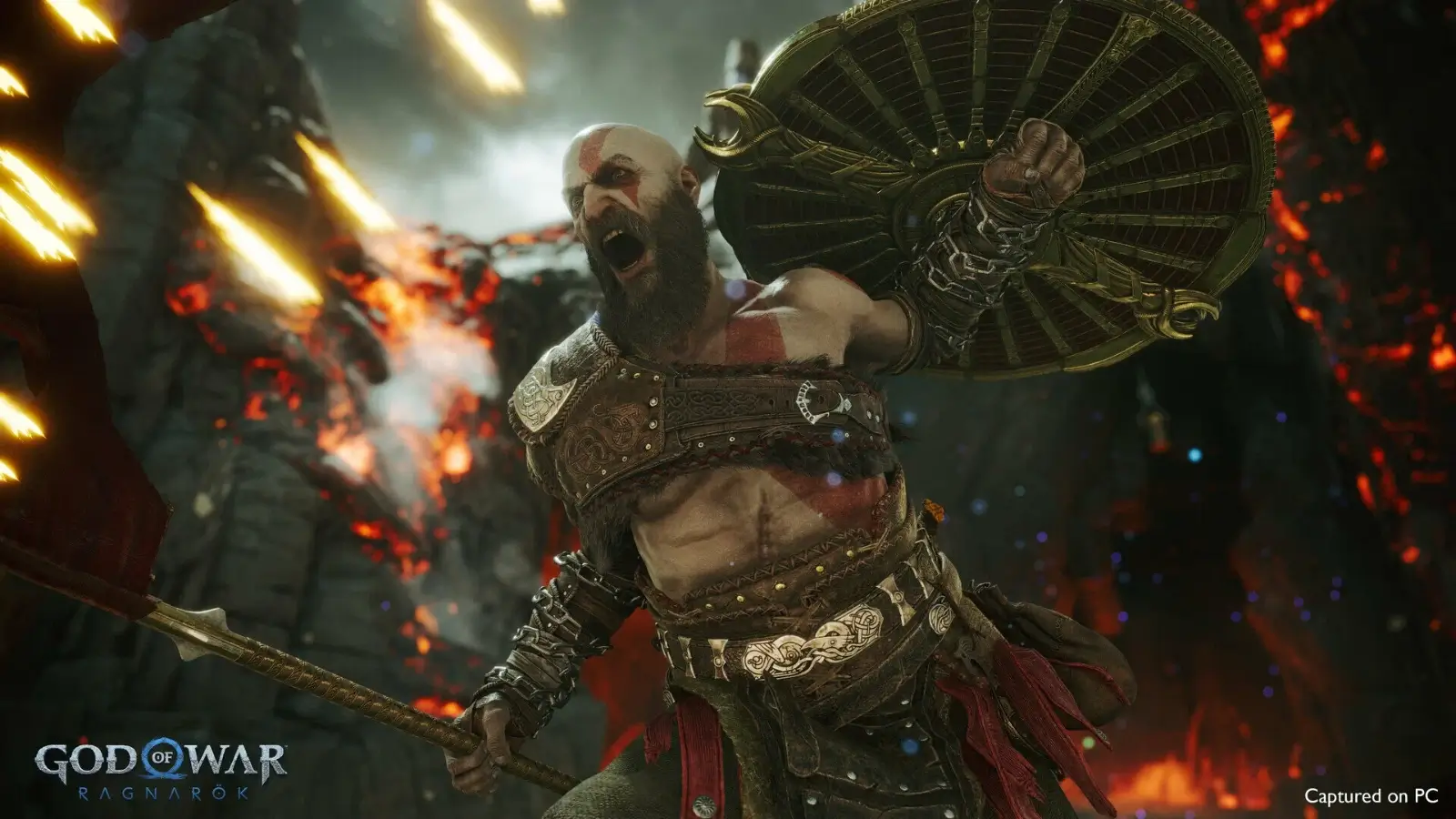


Console gaming has reached extraordinary new heights recently, and few titles exemplify this evolution like God of War: Ragnarok. As a follow-up to the critically acclaimed 2018 reboot, this game didn’t just meet expectations; it shattered them. Behind the glory of Kratos’ saga lies a deep ocean of thoughtful design, technological innovation, and bold storytelling.
What strategies does a game development company employ to create a console hit of this magnitude? This blog dives into the mechanics, processes, and creative decisions that go into crafting a game like God of War: Ragnarok. If you’ve ever wondered what separates iconic games from the rest, this book book is your ultimate guide.
Every legendary game begins as an idea, a seed that must be nurtured, questioned, and expanded.
Game design companies begin with high-level concept development. This phase includes ideation around story arcs, gameplay mechanics, world-building, and emotional tone. With God of War: Ragnarok, the core vision was simple yet profound: continue Kratos and Atreus’s journey with even deeper emotional resonance and larger mythological stakes.
However, vision alone doesn’t guarantee success. Game design companies conduct feasibility studies and prototype initial ideas to see what resonates with both development teams and target audiences.
What truly sets God of War: Ragnarok apart is its narrative depth. The story of Kratos and his son isn’t just a fantasy epic; it’s a meditation on fatherhood, legacy, and destiny.
A game design company employs narrative designers, screenwriters, and character artists to sculpt these emotional layers. Each character must have a compelling backstory, clear motivations, and dynamic relationships. Writers collaborate with level designers to ensure that the plot advances organically through gameplay, not just through cutscenes.
This narrative synergy gives players agency while allowing them to feel the weight of their decisions, something that is increasingly vital in top-tier console experiences.
At the heart of God of War: Ragnarok lies a refined and brutal combat system. However, the seamless experience is not a coincidence.
Game design companies rigorously test core gameplay mechanics through iterative prototyping. Designers and programmers create gameplay loops that balance challenge, strategy, and reward. Ragnarok’s combat is a perfect marriage of responsive controls, deep customization, and a risk-reward balance.
Crucially, feedback loops from internal testers and early focus groups help fine-tune these systems. Weapon upgrades, combo trees, enemy AIs everything must be polished to deliver the tactile, satisfying feel that modern players expect.
From the icy peaks of Midgard to the ethereal beauty of Alfheim, Ragnarok’s environments are more than just backdrops they're living, breathing worlds.
A game design company must align its art direction with the game’s narrative and tone. This means detailed concept art, mood boards, and architectural studies guide the creation of every asset.
Environmental storytelling is another major pillar. Clues in the landscape, weather changes, and ambient sounds help immerse the player and subtly push the story forward. Teams work with 3D artists, lighting experts, and level designers to ensure the game’s world feels cohesive and alive.
Sound amplifies the emotional impact of the game. In Ragnarok, bear roars, axe impacts, and orchestral swells all heighten the drama and amplify immersion.
Audio teams within a game design company create custom sound libraries using both digital tools and real-world recordings. Foley artists capture everything from crunching footsteps to the rustling of Kratos' armor. Meanwhile, composers develop dynamic soundtracks that shift with gameplay intensity.
Immersive audio isn’t just about music; it’s about timing. A well-placed silence or a sudden audio cue can be just as powerful as a dramatic melody.
In AAA console games, performance is key. That’s why top-tier titles like God of War: Ragnarok rely on motion capture to capture every nuance of a character's movement and emotion.
A modern game design company collaborates with actors, stunt performers, and motion capture technicians. Actors don full-body suits and act out scenes in large studios outfitted with infrared cameras. Their performances are then mapped onto digital character rigs using sophisticated animation software.
This process ensures that every eye roll, smirk, and clash of fists feels authentic. It’s what makes Kratos not just a playable character but a person.
Even the most ambitious games fall apart without meticulous testing. Quality Assurance (QA) plays a crucial role in game development.
Game design companies build internal and external QA teams who spend thousands of hours stress-testing the game. This involves checking for bugs, crashes, animation glitches, and game-breaking logic errors.
But testing also includes balancing difficulty, refining tutorials, and evaluating player retention. Feedback loops between developers and testers are constant, especially during late-stage development. It’s not uncommon for sections to be rebuilt or cut entirely based on what testers report.
No matter how great the game, it won’t succeed if players don’t know about it. Marketing is a crucial phase in a game design company’s workflow.
Teams create teaser trailers, gameplay showcases, and dev diaries to build anticipation. Hype is produced through influencer collaborations, social media campaigns, and developer Q&As. Studios often coordinate with platforms like PlayStation or Xbox for featured releases and global events.
Sony Santa Monica, the developers behind Ragnarok, crafted a multilayered campaign that built on the series’ legacy while teasing bold new directions. Pre-orders, collector’s editions, and early reviews created momentum that carried through launch and beyond.
Releasing the game isn’t the end it’s just a milestone. The best console hits continue evolving through updates and DLCs (downloadable content).
Game design companies invest in post-launch support by analyzing player data, listening to community feedback, and deploying patches that fix issues or improve features. This helps retain engagement and keeps the game relevant in an increasingly crowded market.
In Ragnarok’s case, future expansions and free content drops allowed the community to stay engaged and continue exploring the Nine Realms. Building a loyal fan base ensures long-term success and creates anticipation for sequels or spin-offs.
Ultimately, building a console hit like God of War: Ragnarok requires more than budget or talent it requires vision, risk-taking, and relentless dedication.
A fantastic game design company combines art, engineering, storytelling, and psychology to create a complete sensory and emotional experience. The player guides every decision, from the shape of an axe blade to the timing of a voice line.
These companies don’t just develop games they develop myths, memories, and movements that shape gaming culture for years.
Console hits like God of War: Ragnarok represent the pinnacle of interactive entertainment. They are monuments to what’s possible when a game design company fires on all cylinders, balancing story, design, technology, and humanity.
If you're aspiring to develop your own console masterpiece, the lessons from Ragnarok are clear: prioritize the player’s journey, sweat the details, and never compromise on creativity. In doing so, you may not only build a successful game you may forge a legacy.